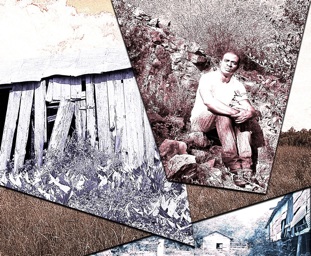
Agriculture involving livestock and crops has been the primary occupation by which Native-Americans, European-Americans and African-Americans supported their families along the middle Medina River and elsewhere in rural Bexar County for most of the historic period predating World War II.
Immigration to the area by southeasterners, along with their slaves, increased greatly in the 1840’s and early 1850’s. It was during this time that the Applewhite and the Presnall families arrived in Texas. With their slaves, they continued the plantation-style farming they had practiced in the past. The cultivation of cotton and other crops, as well as cattleraising and the keeping of slaves, became integral parts of their ranching and family life on what is now the Land Heritage Institute property.
Slavery was also practiced on the Perez family rancho from the early 1800’s until the Civil War. Concepcion Linn, daughter of Maria Josefa Perez, depended heavily on a slave named Henry Burl Ross who lived on their ranch. His grandmother had been a slave that was leased to the Linn family and he came with her to the property. Burl, or Uncle Burr as he was known, worked on the ranch for 86 years--both as a slave and as a free man.
African-Americans contributed to the building and cultivation of the south Texas region and continued working the land as sharecroppers after the Civil War. Descendants of the slaves who helped build the farms and ranches that constitute the Land Heritage Institute property still live in the south Texas region.
Though the history of these slaves is not well documented, their contribution of hard labor made the difficult life on this land unquestionably easier for the Anglo-American property-owner/slave-holder families.


